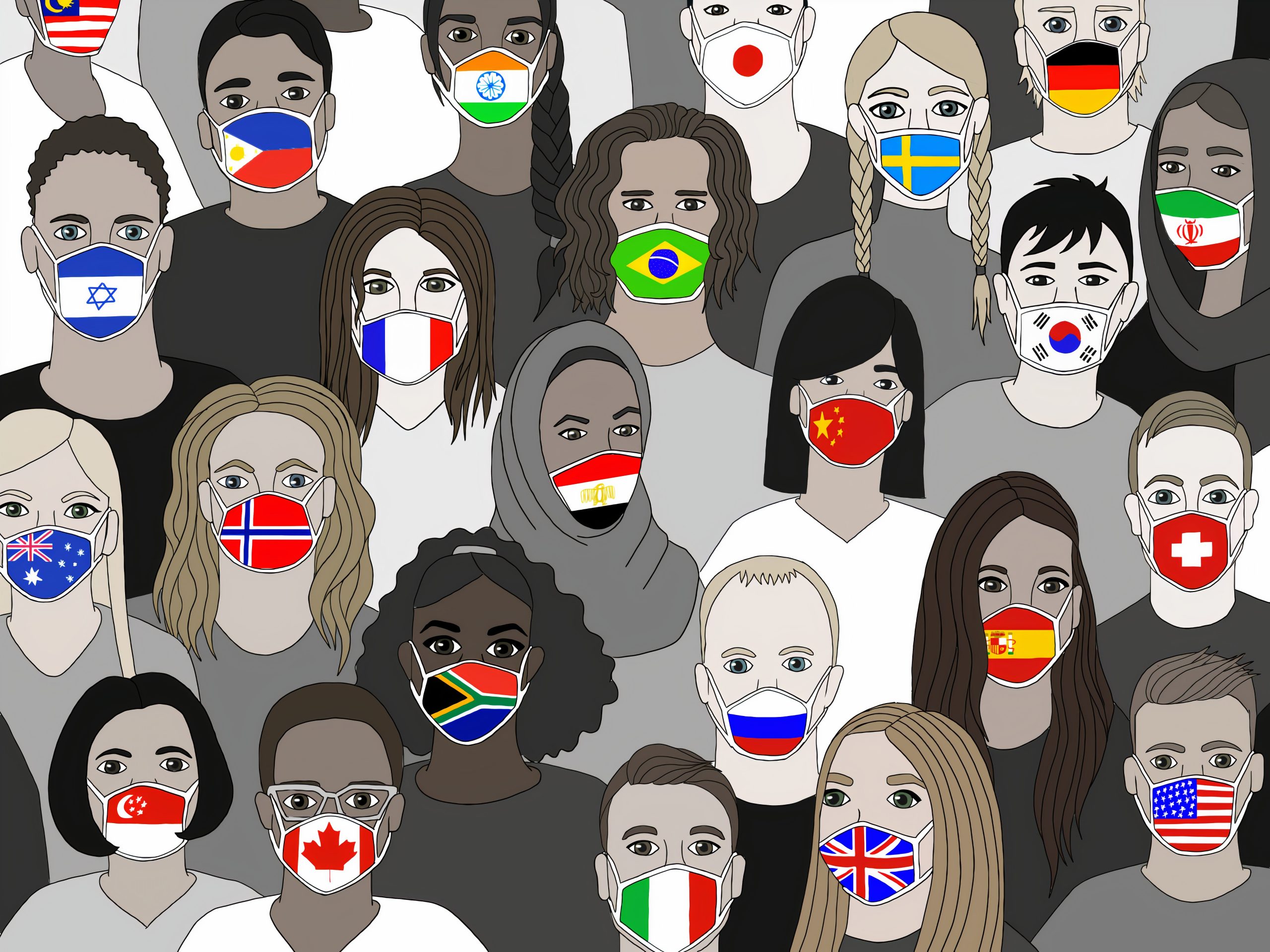“The more visual the input becomes, the more likely it is to be recognised and recalled”.
Dr. John Medina
Most scientists agree that approximately 50-80 percent of our brain’s capacity is spent on visual processing, which is key to learning and memory recall. Some simple steps to adding visual impact to your learning can include:
- Colours and Fonts
Branding/ theming your LMS and courses can provide better visual appeal to learners. Use colours that evoke emotions regarding your organisational brand’s look and feel. If you don’t want to bore learners to sleep, think of colours which create moods and can ultimately influence learners. For example, cool colours can help learners focus while warm colours induce liveliness. Use a complimentary colour palette of 2-4 colours to avoid the jarring effect. Use background colours to add an element of interest to your content. Use fonts that are clear, legible, and stand out from the other graphical elements on the screen.
2. Graphics
It is no co-incidence that media posts containing photos and graphics are clicked and shared more than those without. Inserting visuals can break the monotony of endless text, and elements such as charts and graphs are excellent learning tools to explain complex relationships. Why not use icons for bullet points and screenshots to replace descriptive text. Stock images can invoke familiarity with the subject. Animated GIFs are another great way to explaining complex procedures. You can create your GIFS at https://giphy.com/create/gifmaker
3. Characters
Creating characters can make courses more human, familiar and relatable. Using characters in courses gives learners a familiar sense of being instructed and act as an anchor for learners navigating a sea of new information. Study your learner demographics to identify types of character personalities your audience will be able to relate to, for example, the Hero, the ExtraOrdinary Guy/Girl, the CoWorker and so on.
4. Video
Pictures are nice but moving images are nicer. A large amount of text, as descriptive as it may be, cannot recreate the realism of vide. Animated short videos can easily capture a viewer’s attention by combining texts, images and sounds in order to create an immersive learning environment, while at the same time, explaining complex concepts in manageable chunks.


